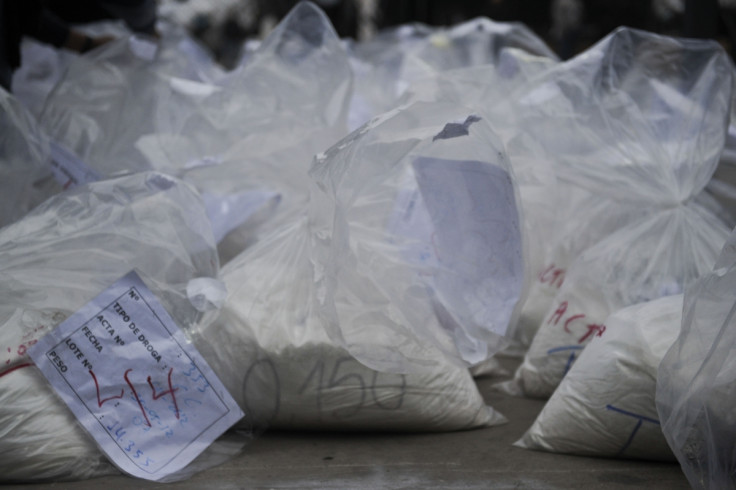Economist's Cocaine Price Map Identifies US Drug Trafficking Routes

An economist has used data on fluctuating drug prices across the United States to uncover the country's key cocaine supply routes.
Siddartha Chandra of Michigan State University says the study has identified routes previously unknown to law enforcement agencies and police.
Chandra used publicly available information on cocaine prices published by the National Drug Intelligence Centre of the US Department of Justice. The price data was gathered by law enforcement agencies through drug arrests and investigations between 2002 and 2011.
"These data enable us to identify suspected links between cities that may have escaped the attention of drug enforcement authorities," writes Chandra.
"By identifying patterns and locations, drug policy and enforcement agencies could provide valuable assistance to federal, state and local governments in their decisions on where and how to allocate limited law enforcement resources to mitigate the cocaine problem."
Founding his study on the premise that cocaine would be cheaper in "source cities" which it had been imported into directly, Chandra tracked how the drug would rise in price as it moved through "transit" cities to its final destination.
A shortage in a source city would lead to the price of the drug increasing along its trafficking route, allowing Chandra to track which cities depended on which supply lines.
As expected, Chandra writes, after the drug made its way into the country from Central America, the analysis showed that "cities in the south and west have the lowest prices, and there is an upward gradient as one moves from the south and west to the north and east".
In the study, published in the Journal of Drug Issues, Chandra writes that unexpectedly Chicago in the Midwest of the US was revealed to be a distribution hub.
"There are a variety of reasons that this may be the case, including the city's long history of organised crime and the cultural affinity of segments of the growing Spanish-speaking population with links to Mexico, a factor that has been identified in the context of trans-Atlantic cocaine flows," he writes.
The paper exposes trafficking routes unidentified in published studies by law enforcement and government agencies.
The data showed New Haven in Connecticut and Atlanta, Georgia, to have much lower cocaine prices than neighbouring cities.
"This suggests that shipments of cocaine arrive in these cities before being dispersed in their respective regions. Therefore, they can be characterised as regional hubs for cocaine trafficking," writes Chandra.
Kansas City in Missouri also has "source like" properties, writes Chandra, and Jacksonville in Florida and Baltimore in Maryland have drug pricing patterns that suggested they were "transit" towns, through which cocaine made its way to other cities.
Newark, Philadelphia and Washington were identified as "destination" cities by the study, whereas previously law enforcement agencies had classified them as being "unintegrated" into the country's drug supply network.
Chandra speculated that if it was possible to feed in information on changing drug prices in real time it may be possible to map new supply routes as they emerge.
"As an economist, the big takeaway is that prices carry some valuable information about trafficking in illegal goods," Chandra said.
© Copyright IBTimes 2025. All rights reserved.




















